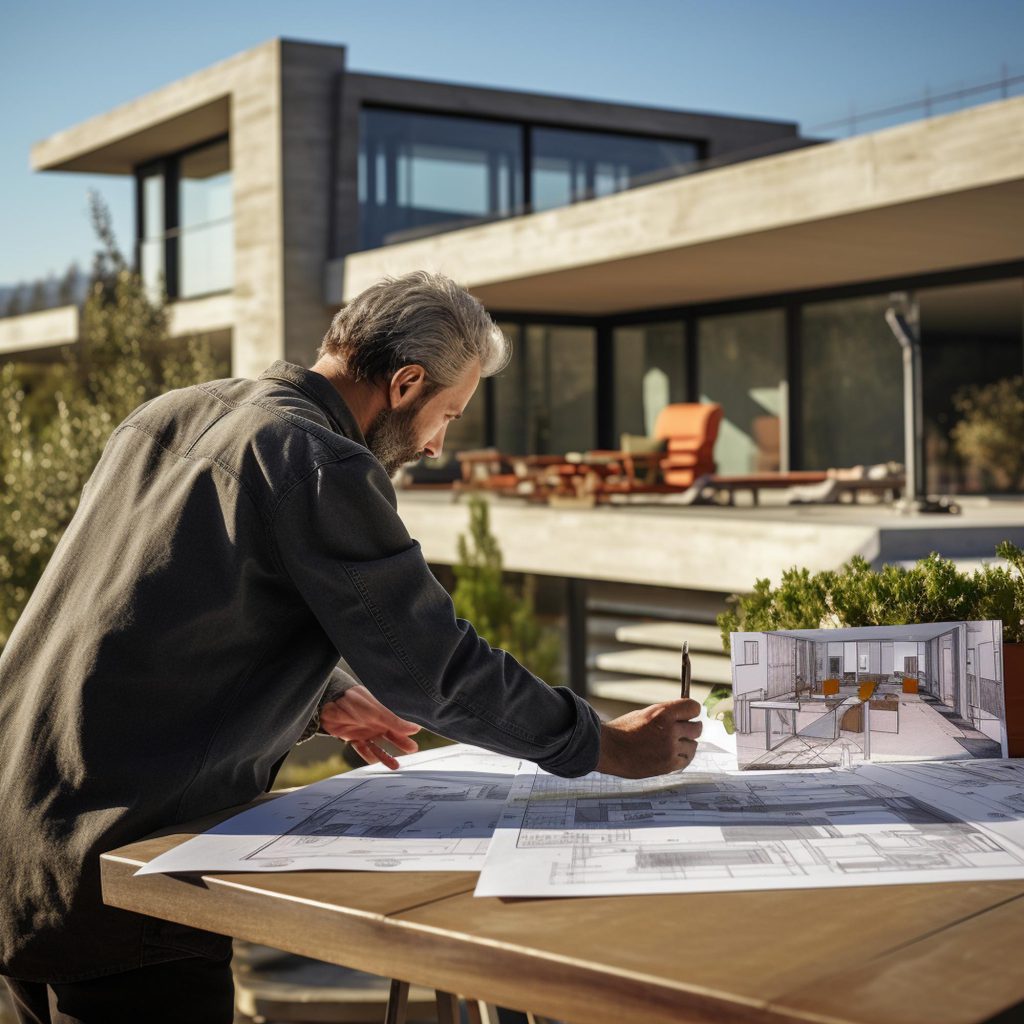The villa’s design encompasses various elements, including its interior layout, the overall villa area, and the external architectural features. During the design and construction phases, it’s crucial that the interior design and exterior architecture align seamlessly to create a harmonious living space. Throughout the villa design process, aesthetics and functionality are carefully balanced, taking into account the owner’s preferences. By paying attention to these considerations, the resulting villa will cater to the owner’s needs and desires, offering a comfortable and practical environment.

Villa Design Styles
- Modern Villa Design: The modern style places emphasis on simplicity, the integration of new technologies, and the practicality of spaces. Within this design approach, materials like glass, concrete, and metal are commonly employed. Large, tall windows allow abundant natural light to flood the interior. Additionally, simple geometric forms and regular lines play a significant role in modern villa design. Minimal decorations are favored, and functionality takes precedence in all spaces. Currently, both modern duplex villa design and modern single-story villa design enjoy widespread popularity.
- Classic Villa Design: Villas designed in the classic style have maintained popularity from the past to the present day. These classic villas feature arches, columns, and tall windows, adorned with decorative elements and intricate details. The facade design and forms employed in this style tend to be more intricate than those of other architectural styles, with a focus on order, symmetry, and balance between components.
- Rustic Villa Design: Inspired by country houses and bungalows, rustic villa design embraces raw, natural materials that harmonize with local features. Wood and stone take center stage in both the interior and exterior, creating an atmosphere of simplicity and intimacy.
Effective Factors in Villa Design
- Location and Weather Conditions of the Region:
People often gravitate toward villas situated near beaches, lush green areas, or serene forests. Additionally, high mountain regions are highly sought after due to their stunning natural landscapes. Each of these locations has a distinct climate that significantly influences the villa’s architectural design and the choice of construction materials.
- Land Size and Extent: The size of the land directly influences the dimensions of the villa, including its overall area, pool, and other spaces. Moreover, land size significantly impacts the villa’s value and purchase price. Generally, larger villas situated on larger plots tend to command higher prices.
- Terrain Shape: The flatness, slope, and irregular contours of the land play a crucial role in villa design. These factors not only affect the villa’s layout but also impact the structural considerations during construction. Therefore, consulting with an expert architect before finalizing the exact location of the villa is advisable.
- Client’s Taste and Requirements:
Another crucial factor in villa design is the client’s taste and specific needs. Some clients prefer a minimalist approach, opting for a simple villa that steers clear of excessive luxury. Consequently, when designing the villa, it’s essential to take into account personal preferences, necessary amenities, comfort levels, and factors like natural light availability, the villa’s view, and privacy considerations.
- Municipal Rules and Regulations
The rules and regulations set forth by the municipality in each region significantly impact villa design. Adhering to these guidelines not only enhances public health, safety, and overall well-being within the city but also contributes to creating a harmonious environment.
Villa Construction and Design Stages
- Field Observation and Mapping
- Design and Drawing the Plan
- Selecting the Materials
- Compliance With Construction Standards
- Improved Energy and Sustainability
- Area and Open Space of the Villa
The Cost of Designing a Villa
It varies based on the design style and the type of land. It encompasses factors such as the fee for creating the architectural plan, the expense of designing the villa’s facade, and the cost associated with enhancing the villa’s smart features. To obtain precise information about the design expenses, consider reaching out to the experts at Sabke Taze.
